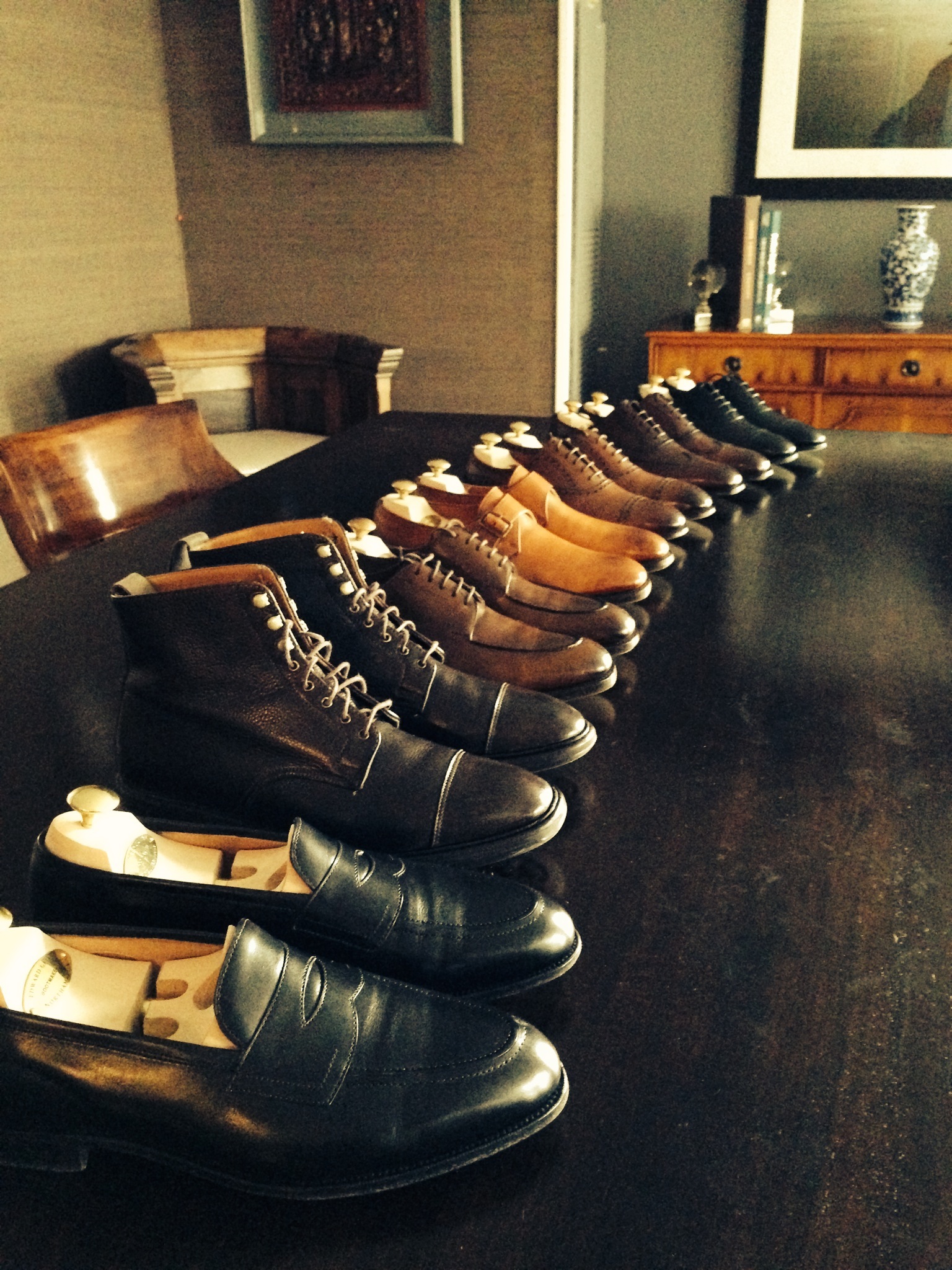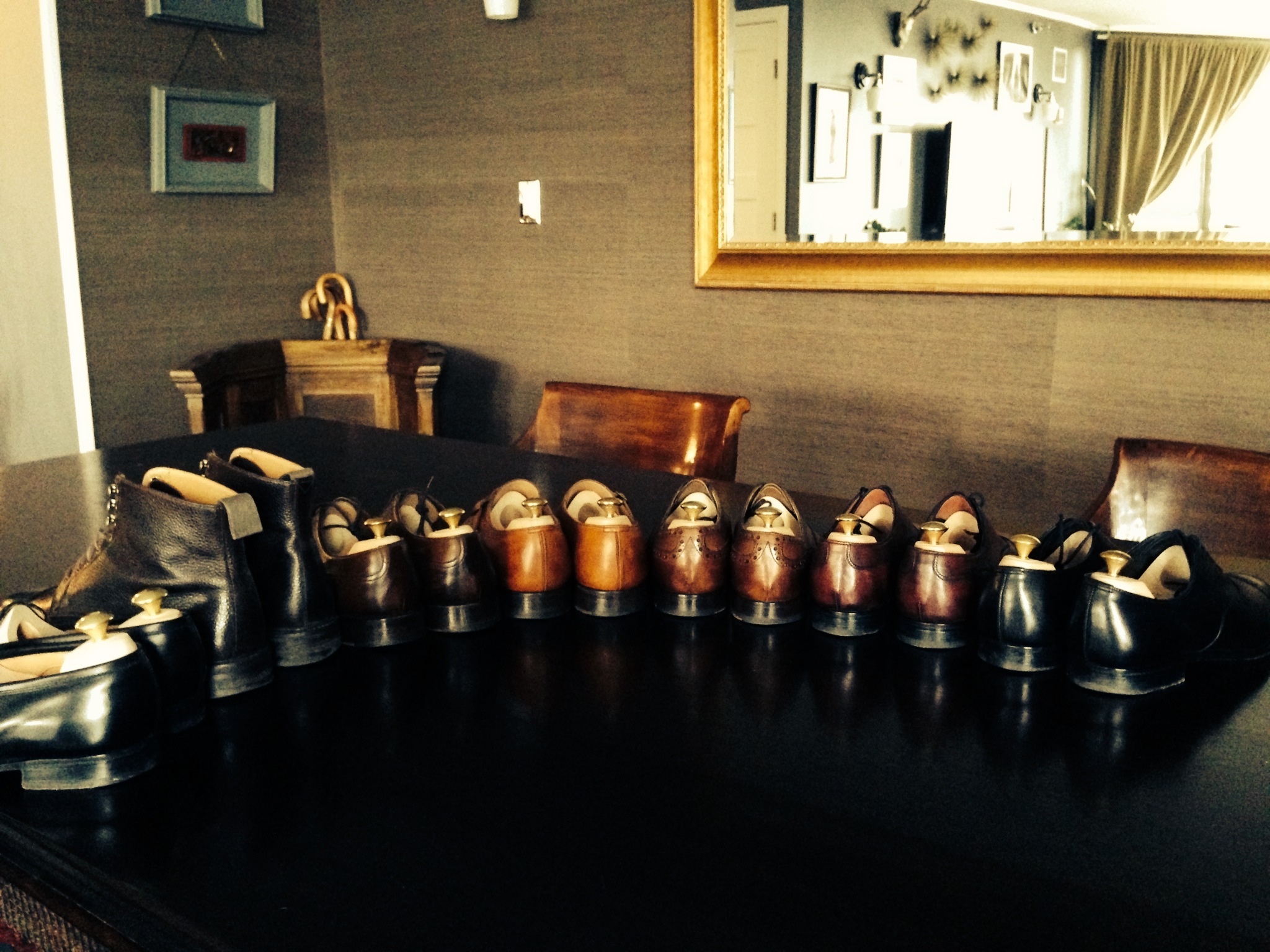On Costumes
Pity the fellow dressed as a pickle. Did he not foresee that an inch of air-brushed latex would be stifling? Or did he weigh the novelty of his gag against his tolerance for discomfort, and conclude that triumph always requires personal sacrifice? I’m less generous than that; I bet he’s just not that creative. Whatever the fault, I don’t begrudge the impulse. Resorting to costume has, since antiquity, permitted a freedom from whatever propriety we feel bound to—which accounts for the dramatic spectrum of results, from tame to barely contained. Past a certain age, though, men are wise to leave alone the purely silly (and usually uncomfortable) in favor of more nuanced attempts. While I wouldn’t categorize costumes of this sort as cerebral, they do require some careful thought and crafty repurposing of clothes and accessories on hand.
Ten or so years ago, I was invited to a splashy formal event that stipulated venetian masks. I was talked into a rather well-made plaster number by a friend, a classic domino mask covering just my eyebrows, nose and temples. The list of characters who have worn this shape (if not this particular Venetian design) is long, from Zorro to The Green Hornet and his sidekick Kato. The above examples actually demonstrate another point about these nuanced styles of costume: one need not go overboard. A domino mask worn with a black gaucho hat and pencil mustache is all it takes to clearly broadcast Zorro. Along with their masks, The Green Hornet wore nothing more elaborate than a chesterfield topcoat and a trilby; Kato, a black chauffeur’s hat.
Hats really offer the simplest solutions, but fedoras and trilbies are hardly the most evocative. A deerstalker, tweed jacket and pipe instantly conjures Sherlock. For the solemn-faced amongst us, Buster Keaton is a porkpie and three-piece suit away. My favorite homburg-wearer is Poirot, Agatha Christie’s persnickety sleuth, but that’s a costume that takes more than a surface treatment. The bowler or derby is the richest source of character costumes, perhaps because this stiffened style of hat is both an icon of Englishness and, as society journalist and author Lucius Beebe famously put it, “The hat that won the West.” Each Halloween I see as many convincing John Steeds from The Avengers as I do Butch Cassidys—both famous bowler wearers. The best bowler oriented costume I’ve witnessed, though, was by an art student in a dark Mackintosh, white shirt, red tie and black bowler. It had me scratching my head until he brought the green apple he had impaled on a stick up to his face.
Umbrellas, canes and other hand-held appurtenances are often required in conjunction with the hats and masks mentioned above. In addition to a bowler and a white shirt, those aspiring Alex’s from A Clockwork Orange will need a blackthorn cane. To pull off Monstresor and Fortunato from Poe’s The Cask of Amontillado, in addition to venetian masks, a pair of friends will need a half-drunk bottle of wine with the neck sheared off and a torch. Keep in mind, though, that the real advantage to costumes of this sort is the ease with which an evening out can be navigated, so anything more elaborate than a few signifiers of character is self-defeating.
There does lurk a danger in this approach, however. In conceiving of and composing a costume, one might discover that it all comes together rather too easily. This is an indication that one’s wardrobe runs a tad to the theatrical. I would be personally concerned if little more than adjusting an accent was needed to pull off a pitch-perfect Poirot or Sherlock, an Al Capone or Oscar Wilde. Costumes really should read as just that, but it’s a problem if one’s ordinary clothes obviously do too. This, in some ways, is as bad as dressing as a pickle.























